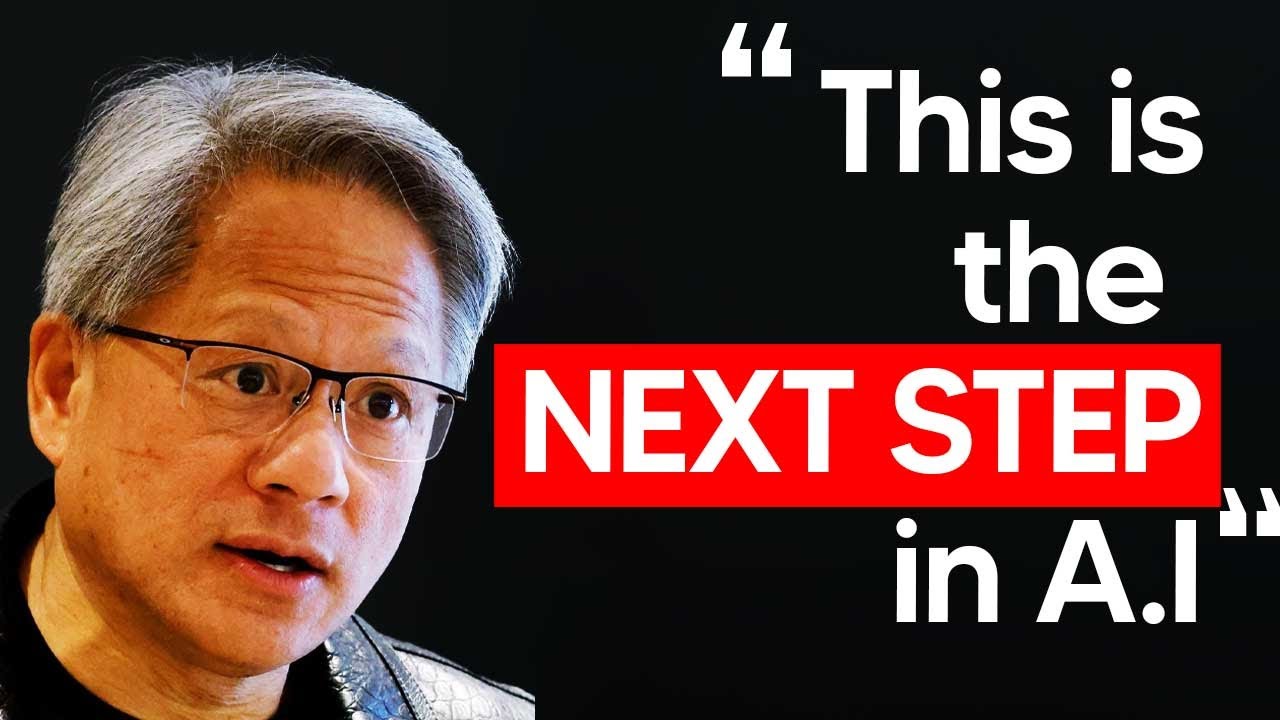Nvidia CEO Jensen Huang announced a shift towards “physical AI,” focusing on embodied applications like robotics and self-driving cars, supported by the new Cosmos platform for generating synthetic data. He emphasized the importance of developing world models that understand physical dynamics and showcased advancements in autonomous vehicle technology through collaborations and the introduction of the powerful Thor robotics computer.
In a recent presentation at CES, Nvidia CEO Jensen Huang outlined the future of artificial intelligence, emphasizing a shift from generative AI to what he termed “physical AI.” This new frontier focuses on embodied AI applications, such as self-driving cars and robotics. Huang highlighted a progression in AI development, starting with generative AI, moving to agent-based AI, and culminating in physical AI, which requires a different approach to data collection and model training due to the complexities of the physical world.
To facilitate the advancement of physical AI, Nvidia introduced the Cosmos platform, designed to create world foundation models that can simulate real-world environments. Cosmos utilizes various model types, including autoregressive and diffusion-based models, to generate synthetic data that reflects real-world conditions. This data is crucial for training AI systems in robotics and autonomous vehicles, as it allows developers to create realistic scenarios for reinforcement learning and model validation without the high costs associated with capturing real-world data.
Huang also discussed the need for a world model akin to large language models, which can understand physical dynamics and spatial relationships. This model would enable robots to interpret their surroundings and make decisions based on real-world physics, such as gravity and object permanence. The challenge lies in the lack of sufficient data for training these models, which Nvidia aims to address through its Isaac Sim framework, enabling developers to generate large datasets from limited human demonstrations.
The presentation highlighted Nvidia’s Isaac Groot platform, which supports the development of general-purpose robots by providing essential tools such as robot foundation models and simulation frameworks. By leveraging digital twins and synthetic motion generation, developers can create extensive datasets for training robots, ultimately leading to more capable humanoid robots. This approach is expected to accelerate the integration of robotics into various industries, including manufacturing and logistics.
Finally, Huang discussed the advancements in autonomous vehicles, showcasing Nvidia’s collaboration with major automotive companies to enhance self-driving technology. The introduction of the Thor robotics computer, which boasts significant processing power, is set to revolutionize the capabilities of autonomous vehicles. By combining synthetic data generation with real-world driving scenarios, Nvidia aims to create a safer and more efficient autonomous driving experience, marking a significant step forward in the evolution of robotics and AI.
